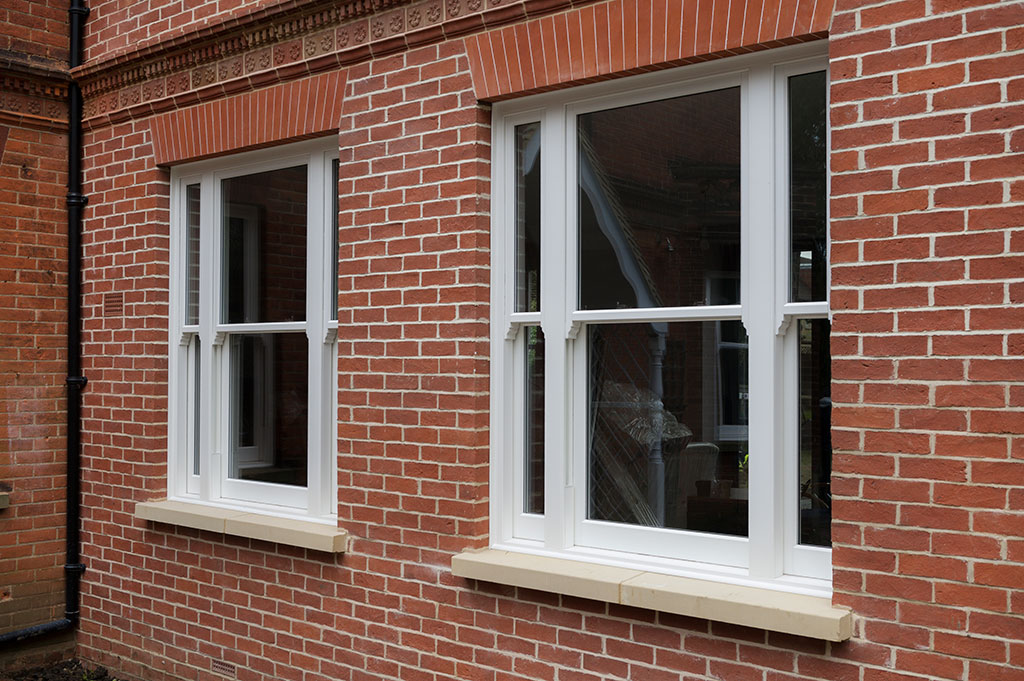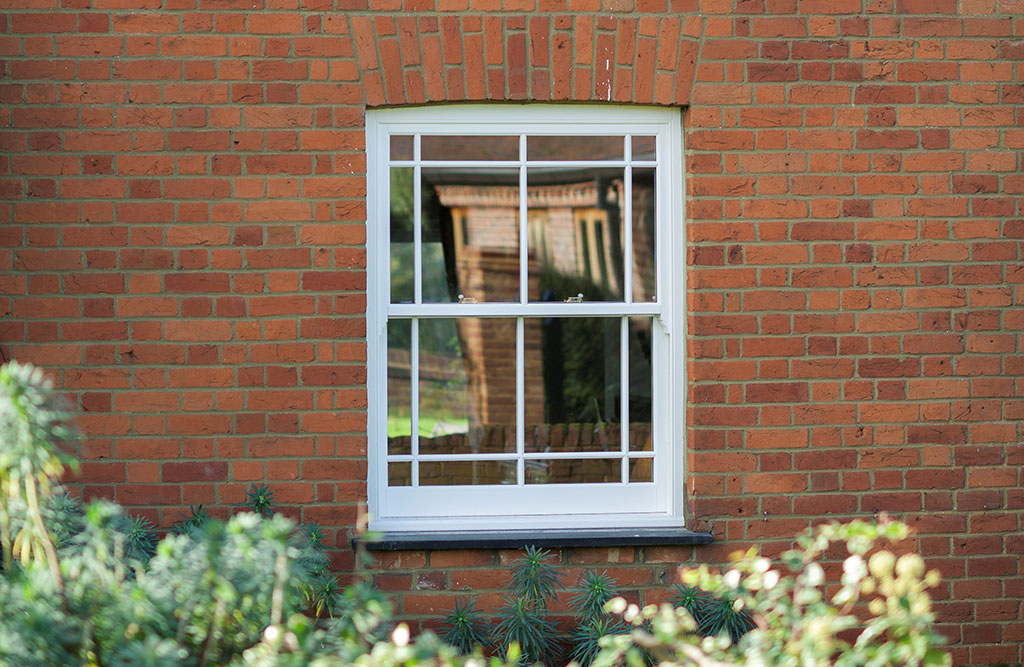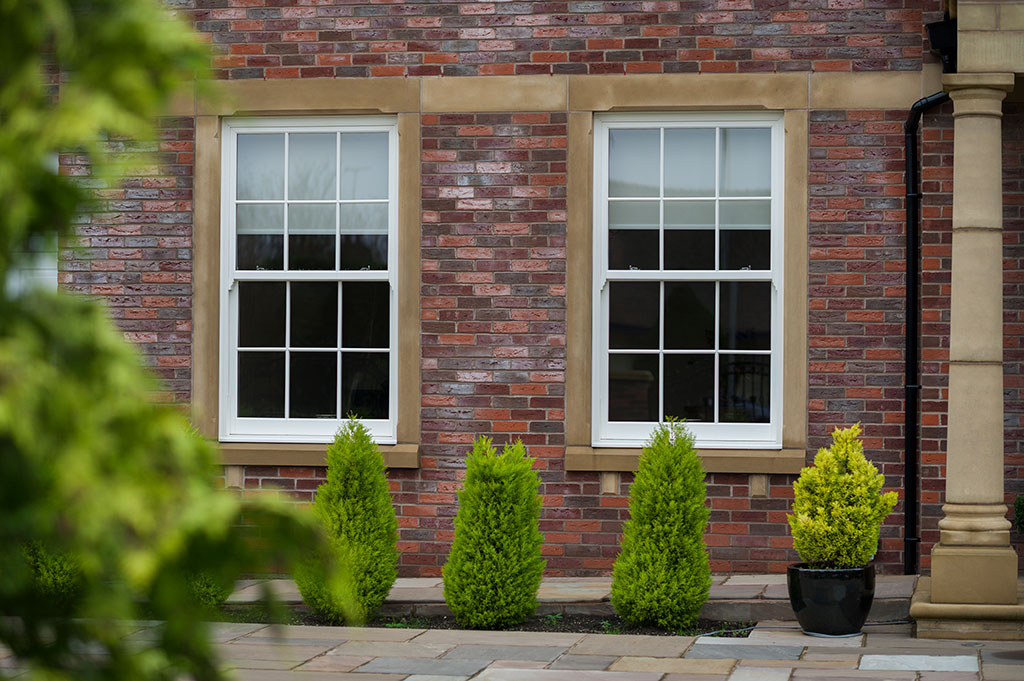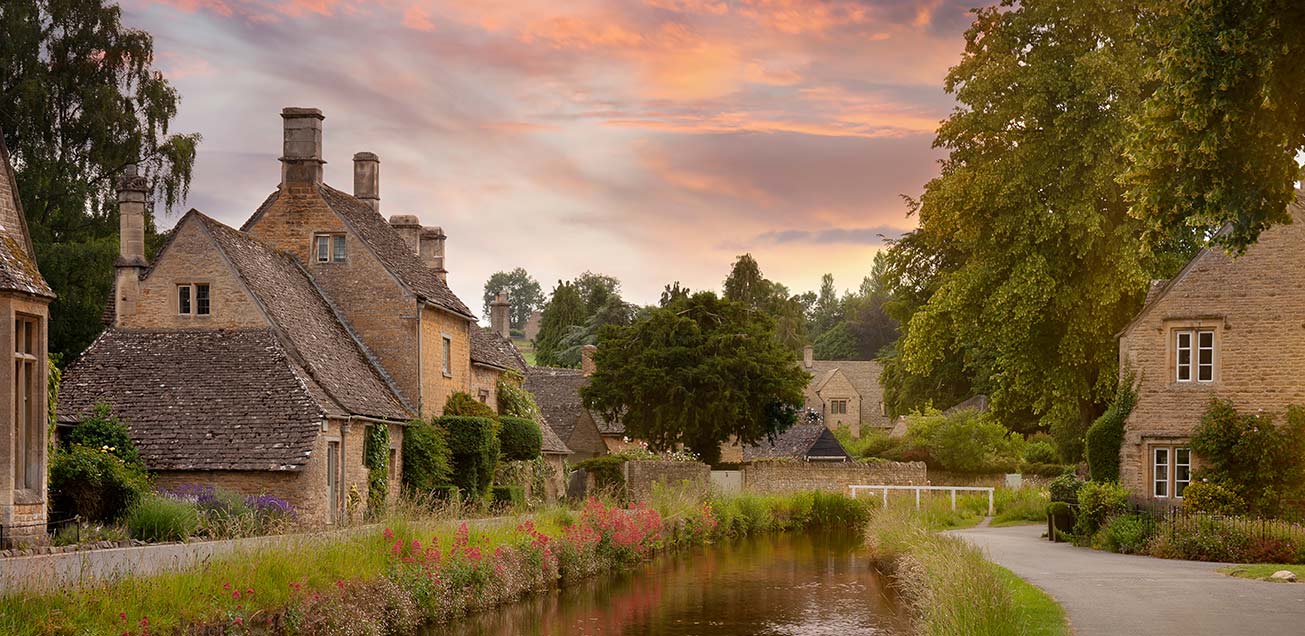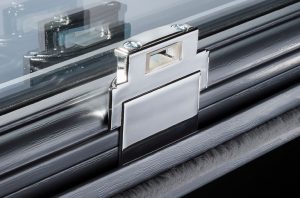Category: Masterframe
‘HERITAGE APPROVED’ THERE IS NO SUCH THING’
‘Heritage Approved’ – there is no such thing! Installers often refuse work in conservation areas because they don’t understand the rules says Alan Burgess, Managing Director of Masterframe Windows Ltd, manufacturers of the Bygone Collection.



The ‘marketing’ that some companies send out, suggests their products are Heritage approved or that they are somehow, “pre-approved” for conservation areas, yet there is NO such status! Any company suggesting otherwise, simply adds to the confusion for the installers.
One comment on a website reads……
“The design brief was to extract the key principles, shapes and dimensions from the Article 4 Conservation Area guidelines for windows,”
Sadly this suggests that the same dimensions are used for all Article 4 or a conservation area property, which isn’t the case, besides every job must be considered on a case by case basis, with separate applications.
Here is the guidance we advise our clients:
Properties with Article 4 directives, Grade I & II Listed, must have formal approval in writing along with a detailed heritage statement and be assessed by the local planning department via a planning application. I wish it could be different but it can’t, approval is always needed.
Just because someone installed “product x” next door means nothing, each case is reviewed on its own merits. There isn’t such a thing as a precedent in planning. Each case is individual and needs a separate application, even if it is next door or just across the road. Most installers are unaware that each flat in a block, needs a separate application.
Installers can however take heart; some properties already have “development rights”, even in conservation areas.
Homes with these ‘development rights’ can have work done on them, (including replacement windows) without any extra permission being needed, providing their appearance is of ‘similar appearance’. Similar appearance is a key phrase, because this is the exact wording in the planning act, however you’ll have to prove the replacements were of similar appearance if challenged retrospectively.
It is for this reason that we suggest you stick with similar styles, i.e. Casement with casement, a sash with sash. No planner in their right mind would accept double top hung windows, being of similar appearance to an original wooden sash window.
Remember also that ‘similar appearance’ also applies to when the window is in the open position, not just when it is closed, so again an open casement would not be similar to a sash.
Energy efficiency alone won’t win cases. More and more planners expect 1/20th scaled drawings illustrating the existing and proposed new windows, as well as the heritage statement and a strong case for changing windows.
Unfortunately we’ve brought this stringent planning process upon ourselves.
Sadly as an industry we’ve installed countless windows driven by cost alone, not design. Fixed glazing produces airless rooms, zero air changes and massive health problems through mould or airborne spores.
Planners don’t care about these internal issues, they’re more concerned with the impact fixed glazing has on the external appearances, specifically;
- Have window frames been fixed on the outer skin of brickwork or properly rebated?
- Have the old sash boxes been removed or left in situ with ‘inserts’?
- Are the frames of similar design, do they blend in or stand out?
- Do they have internal Georgians canes or Authentic mechanically attached grilles?
- Do they suffer from afterthoughts like bolt on horns or have run through ones?
- Are they shiny white plastic with grooved corners or traditional timber butt joints?
Having a slim sash sight line of just 39mm, Timberweld™ butt joint construction along with white foils, run through horns and 105mm deep bottom rails, means planners find it difficult to reject our sash windows and you can view more information on our products here.
To help our installers and their customers, Bygone has a Conservation Guide and employs a planning specialist to advise clients how to get applications through, first time. For more assistance customers can contact their local Bygone Premier Partner here.

